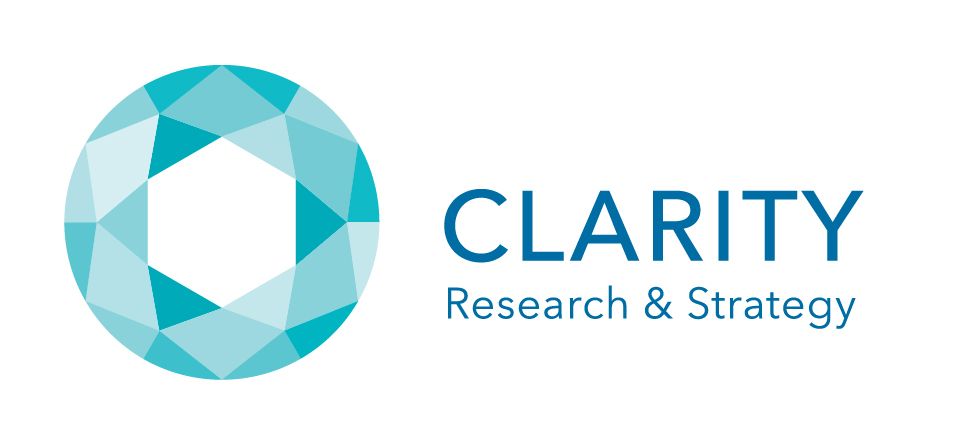Companies pour over spreadsheets, analyze percentages, and base strategies on numerical insights. But what if numbers alone don’t tell the full story? What if critical, game-changing insights lie beneath the surface—beyond statistics and into the minds of real people? That’s where qualitative research becomes a game-changer.
Let’s take a real-world scenario: A company launches a new product based on strong quantitative data—demand projections, market share analysis, and revenue forecasts. But months later, sales struggle. The numbers said one thing, yet customers felt another. What was missing? A deeper, human-centric understanding that qualitative research provides.
In this post, we’ll explore why qualitative research is essential, how it complements quantitative data, and how it can lead to clearer insights, direction, and growth.
The Power of Qualitative Research in Business Success
1. Understanding the “Why” Behind the Numbers
Quantitative research tells you what is happening. Qualitative research uncovers why it’s happening. If survey data reveals that 40% of your customers stop using your service after a month, you need to dig deeper. Focus groups, in-depth interviews, and ethnographic research can reveal real pain points, emotional barriers, and user behaviors that numbers simply can’t explain. This process helps businesses identify and address customer concerns before they escalate, ultimately improving satisfaction and retention.
2. Capturing Customer Emotions and Motivations
Numbers lack emotion. But emotions drive decisions. Customers don’t just buy products; they buy experiences, trust, and stories. Qualitative research—through open-ended surveys, interviews, and social listening—can uncover hidden motivations and emotional triggers that impact purchasing behavior. For instance, customers may not just want a fast-food meal; they might seek convenience, comfort, or even nostalgia. Understanding these emotional drivers allows businesses to tailor marketing messages and product offerings that truly resonate with their audience.
3. Identifying Hidden Market Opportunities
Trends don’t always show up in data—until it’s too late. By engaging in exploratory research, businesses can uncover emerging needs and pain points before they become mainstream. Think of it as market foresight rather than hindsight. Conducting interviews with industry experts, observing consumer behavior, and analyzing social conversations can help companies recognize subtle shifts in consumer preferences. This proactive approach enables businesses to innovate, stay ahead of competitors, and cater to evolving market demands before they peak.
4. Improving Brand Messaging and Customer Experience
What language resonates with your audience? What do customers really think of your brand? Through qualitative methods like customer journey mapping and sentiment analysis, businesses can craft messaging that truly connects. Listening to direct customer feedback in interviews and monitoring sentiment on social media platforms provide invaluable insights into how customers perceive your brand. When businesses align their messaging with customer emotions and expectations, they build stronger relationships and enhance loyalty over time.
Where Numbers and Stories Meet: The Perfect Research Balance
While quantitative research provides statistical confidence, qualitative research offers rich, in-depth insights. When combined, businesses gain a holistic understanding of their audience, leading to better strategic decisions. The interplay between numbers and narratives allows companies to validate hypotheses, uncover new opportunities, and refine marketing and product development strategies with greater precision.
To truly unlock growth, businesses must integrate both research methods. That’s where CLARITY Research & Strategy helps. Schedule a call with us today and gain deeper insights that drive success.
Additional Tips for Effective Qualitative Research
- Ask Open-Ended Questions: Avoid yes/no answers. Encourage storytelling. Customers provide more valuable insights when asked open-ended questions, such as “What do you like most about this product?” rather than “Do you like this product?” This approach leads to richer discussions and more detailed responses.
- Use Multiple Research Methods: Mix interviews, focus groups, and observational studies for well-rounded insights. Each method provides a different perspective—focus groups reveal group dynamics, one-on-one interviews delve into personal experiences, and observational studies capture behaviors in real time.
- Look for Patterns, Not Just Answers: True insights come from recurring themes, not isolated opinions. Instead of focusing on a single customer complaint, look for common frustrations or desires that appear across multiple interactions. These patterns help businesses identify and address key issues effectively.
- Combine Data for Maximum Impact: Use qualitative insights to add depth to quantitative trends. For instance, if data shows a high cart abandonment rate, qualitative research can uncover whether it’s due to poor website usability, unexpected fees, or lack of trust in payment security.
- Avoid Confirmation Bias: Keep an open mind and let the data reveal insights organically. If researchers enter a study expecting a specific outcome, they may subconsciously steer conversations in that direction. Staying neutral and letting customer voices lead the discussion ensures authentic, unbiased insights.

Conclusion: Unlocking the Power of Qualitative Research
Businesses that rely solely on numbers miss out on a wealth of insights. Qualitative research bridges the gap between raw data and human experiences, providing the clarity needed for confident decision-making. By understanding the why behind the what, companies can craft more impactful strategies, improve customer experiences, and foster brand loyalty.
Ready to take your research beyond numbers? Schedule a Call with us today and check out our latest book, “Three Wise Monkeys: How Creating a Culture of Clarity Creates Transformative Success.”
Let’s make your data work for you, not just at you.





